 Safflower Information
Safflower Information
Safflower (Carthamus tinctorius) belongs to the Asteraceae family and the Carthamus genus, also known as red blue flower or spiny safflower.
It is an annual herb with spiny leaf margins, and its flower heads are mostly arranged in a corymb at the top of the stem, surrounded by bracts.
The involucre consists of four layers, with the outer layer being lanceolate, and the middle or lower part having a constricted shape. The leaves are green, with or without spiny margins. The small flowers are red or orange, all bisexual, and the achenes are milky white. The flowering and fruiting period is from May to August.
The flowers of safflower are used in medicine to promote blood circulation and regulate menstruation, primarily treating women’s diseases. The flowers contain pigments that were historically used in China to dye fabrics red.
Safflower contains both red and yellow pigments; the yellow pigment is water-soluble, while the red pigment dissolves in alkaline water.
The seeds have a very high oil content, generally between 34-55%, predominantly consisting of unsaturated fatty acids, making it very suitable as cooking oil, with effects on lowering cholesterol and blood lipids.
Safflower is cold-resistant, drought-tolerant, and salt-alkali tolerant, with a strong adaptability and a life cycle of 120 days. It is widely cultivated in Heilongjiang, Liaoning, Jilin, Hebei, Shanxi, Inner Mongolia, Shaanxi, Gansu, Qinghai, Shandong, Zhejiang, Guizhou, Sichuan, Tibet, and especially Xinjiang.
The enormous potential of safflower oil resources has attracted widespread attention in China, and some achievements have been made in production practices. It is believed that with the development of breeding and cultivation techniques, safflower will become one of China’s important oil crops.
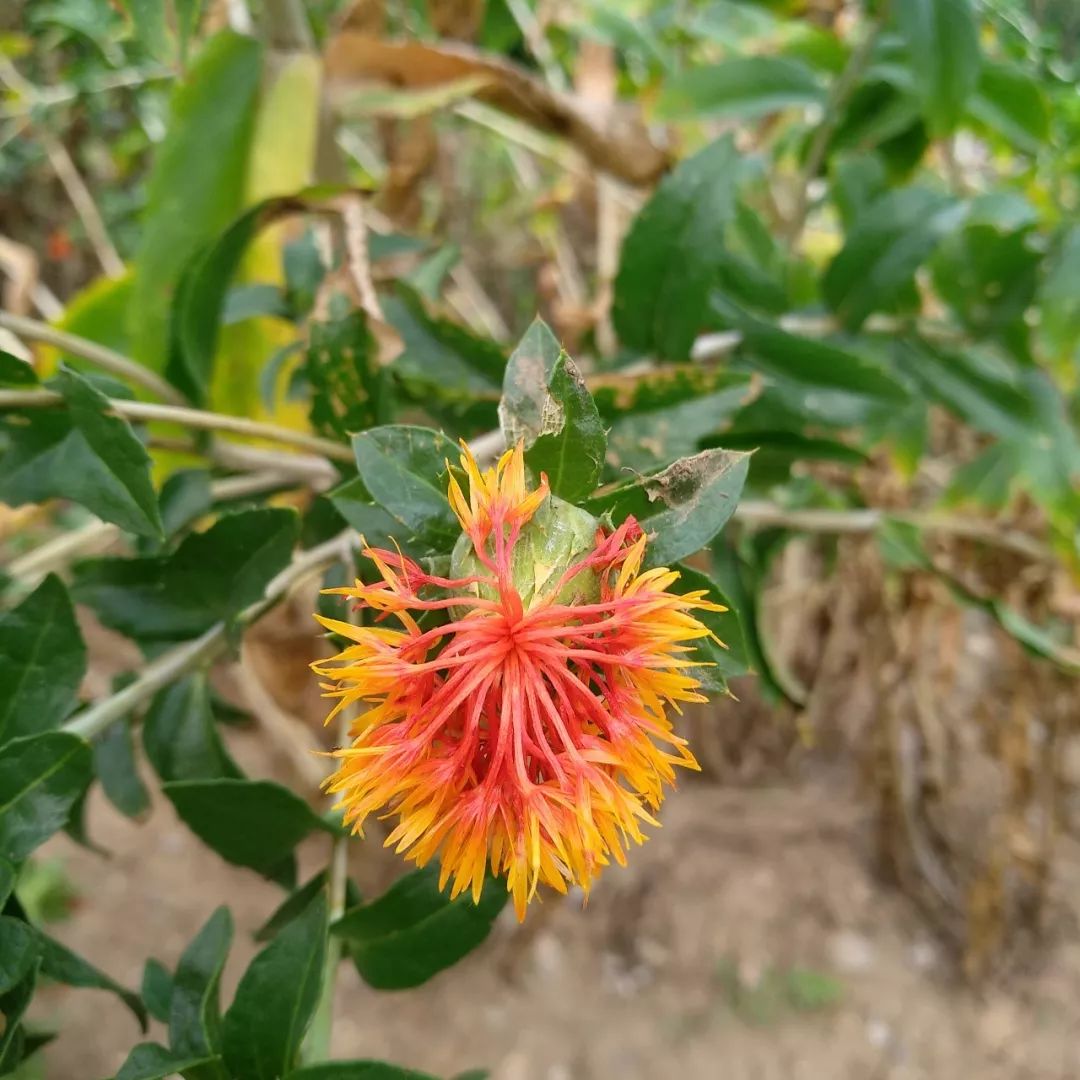
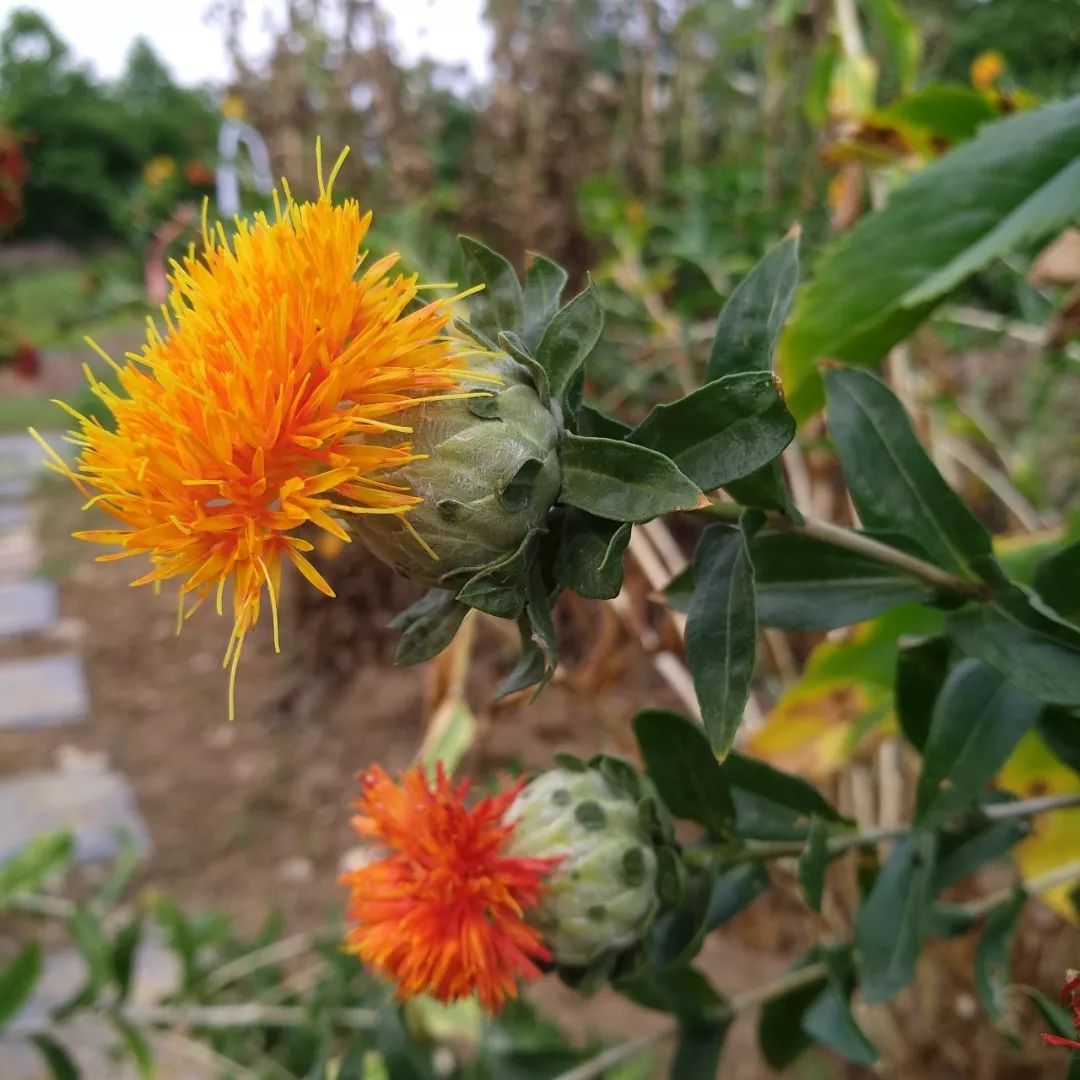
 Introduction
Introduction
The safflower mentioned in this article was encountered at Nanjing University of Chinese Medicine, and it is quite spiny and prickly. However, seeing its many uses makes me appreciate it more.
I am very fond of plants that have a wide range of uses, so let’s take a look at the applications of safflower.

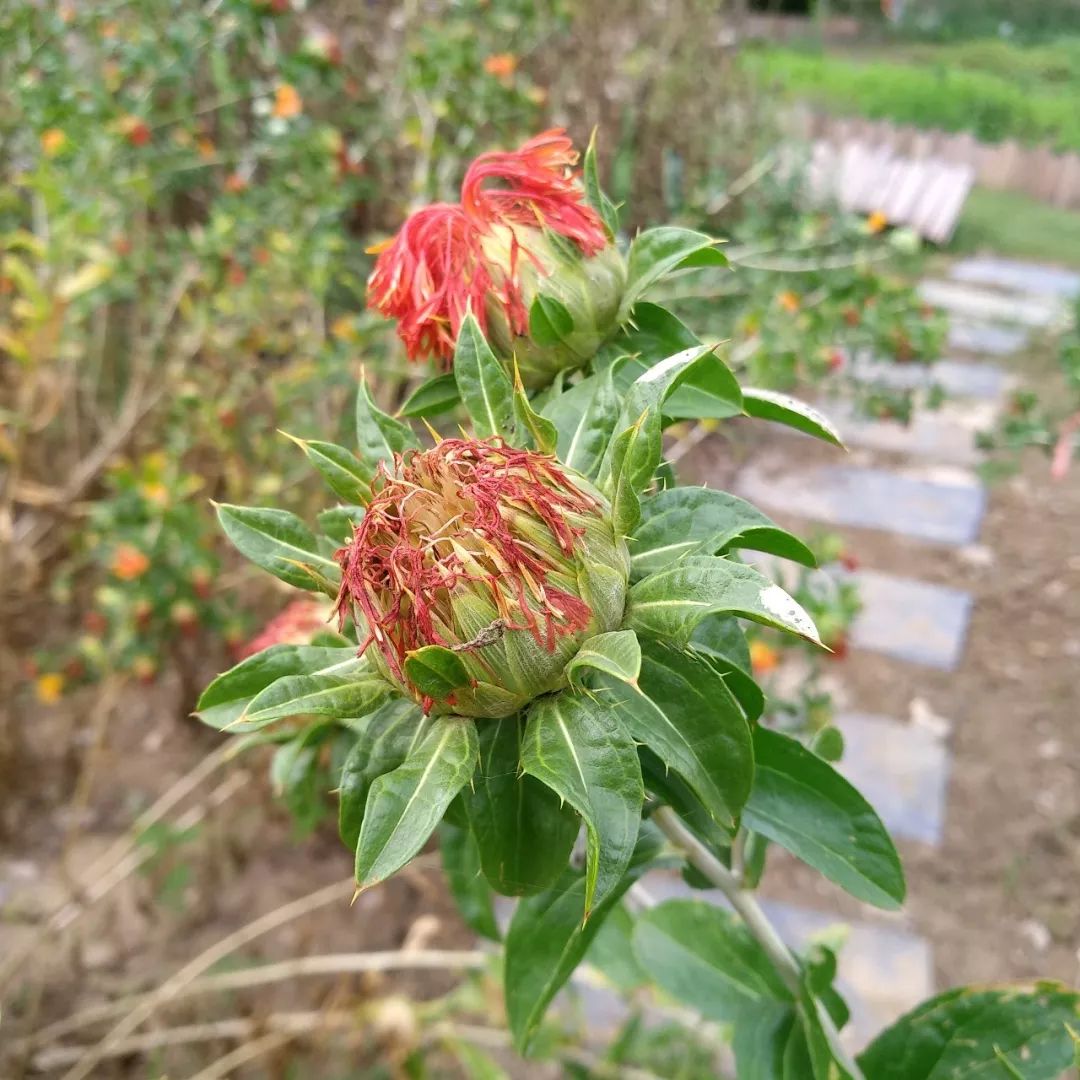
 Safflower Seed Oil for Consumption
Safflower Seed Oil for Consumption
Many countries around the world have long used safflower oil as cooking oil and consider it a high-grade cooking oil, such as in India and Pakistan. France, Turkey, Australia, Japan, and other countries have also widely consumed it, drawing attention from other nations.
China used safflower seeds for oil extraction as early as the 1930s, but due to low yields, it did not develop into a commodity.
In the past decade, although the introduction of high-quality foreign oilseed safflower varieties has been successful, the yield remains limited, and it has not become a widely consumed plant oil, only available in large cities.
The fatty acids in safflower oil are primarily C18 unsaturated fatty acids, with the majority being linoleic acid. Saturated fatty acids such as stearic acid and palmitic acid account for only 6% to 10%, with a ratio of saturated to unsaturated acids of about 1:9.
Safflower oil is the plant oil with the highest linoleic acid content and is an excellent source of linoleic acid. Mixing 30% safflower oil with 70% rice bran oil has a significant effect on lowering serum cholesterol, hence it is referred to as “healthy nutritional oil.”
Safflower oil can be used to prepare mixed sauces, salad dressings, frozen desserts, enriched milk, imitation cream, imitation yogurt, and imitation dried eggs, showing that these safflower oil products contain relatively high levels of polyunsaturated fatty acids.
Derived products of safflower oil, such as distilled safflower monoglycerides, are suitable for use as frozen puff pastry emulsifiers, oil-in-water emulsifiers, and foam stabilizers.
Safflower oil has particularly high antifreeze properties, with stable fragrance and bright color, making it versatile in food processing.
In composite food products, safflower oil can help maintain the shape of the final product over a wide temperature range, with these shaped composite products designed to have the highest linoleic acid content.
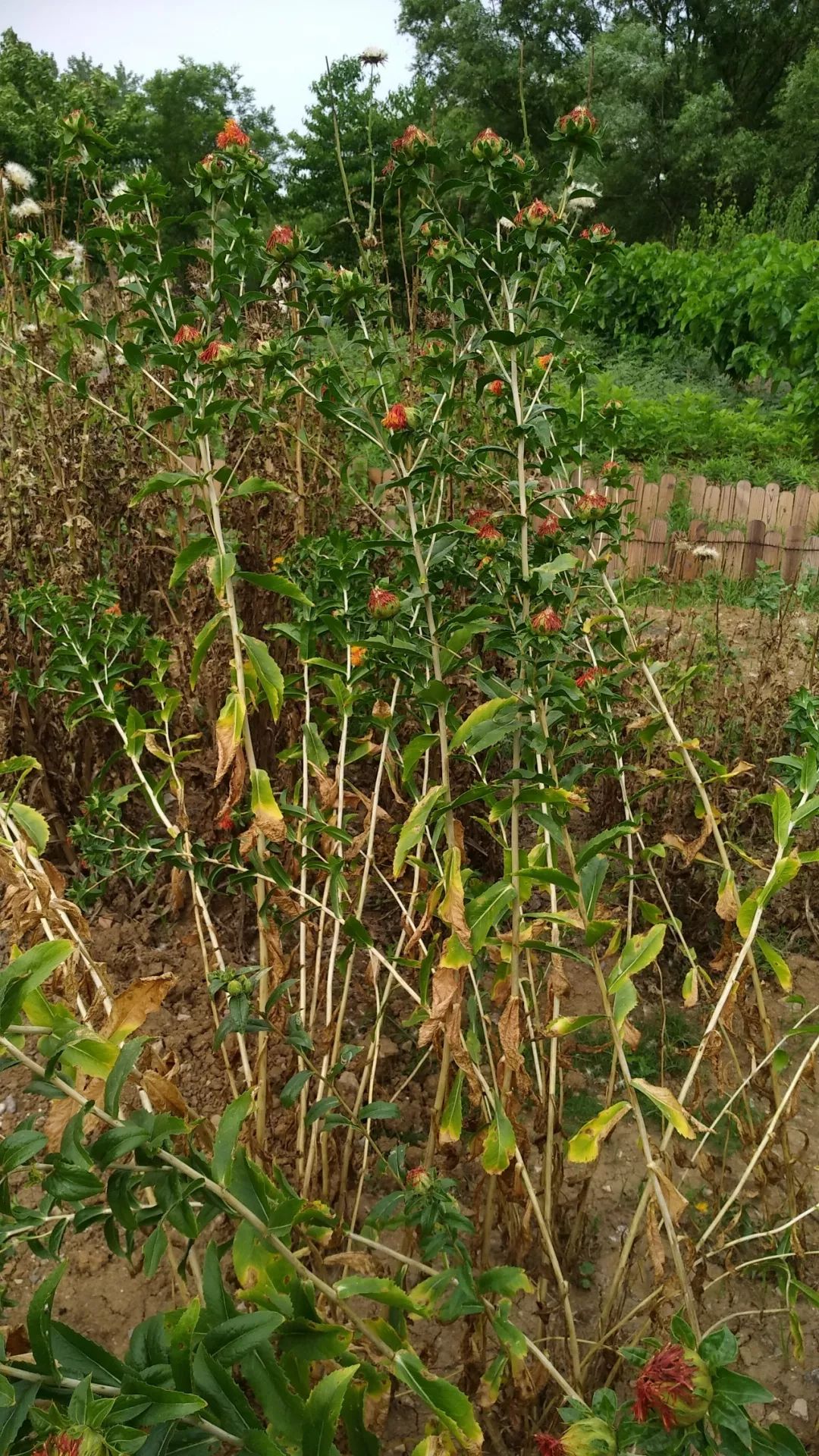
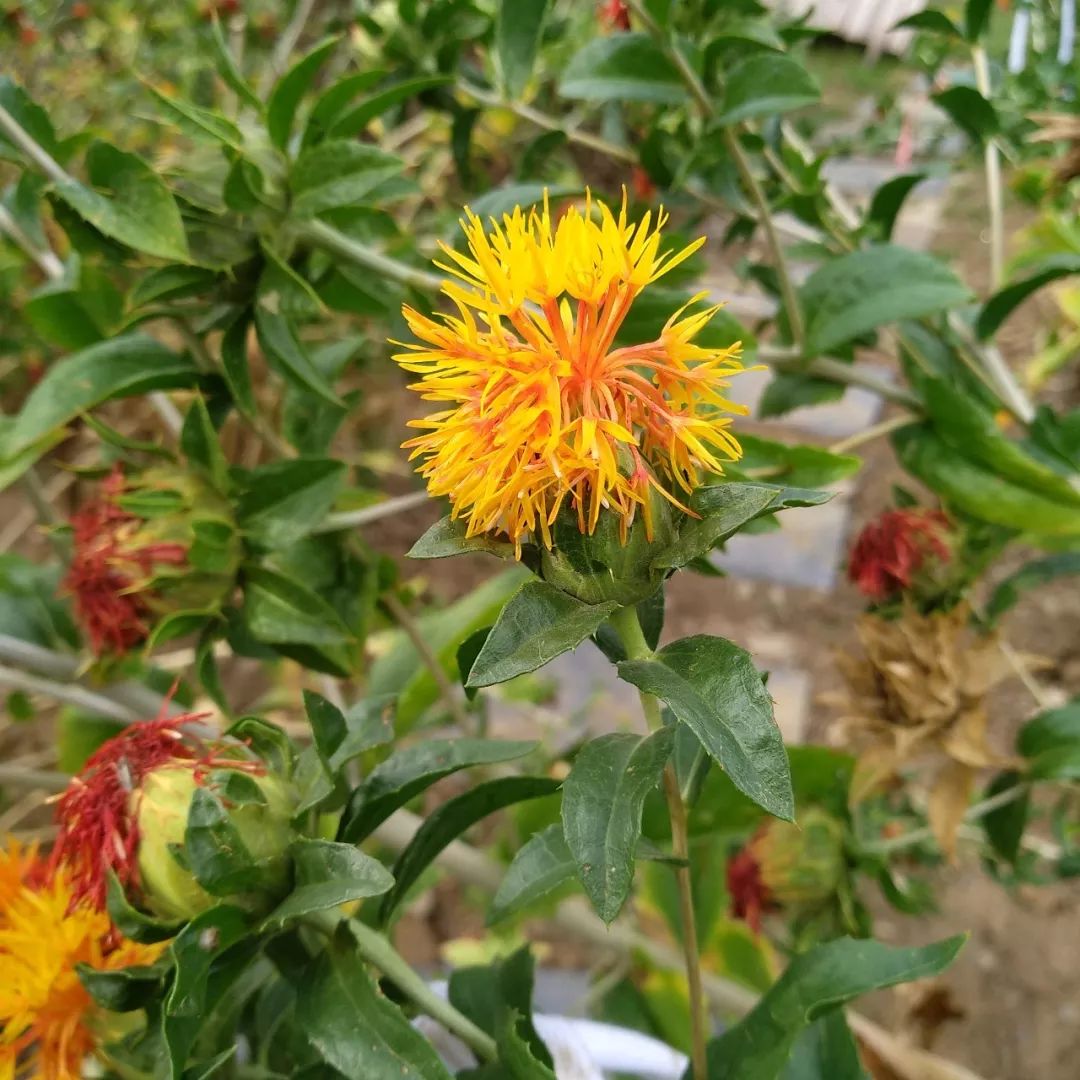
 Safflower Oil for Medical Use
Safflower Oil for Medical Use
Safflower oil contains over 90% unsaturated fatty acids, with linoleic acid content reaching about 83%.
Linoleic acid has significant medical value as it is an essential unsaturated fatty acid that the human body cannot synthesize. It is recognized as an effective treatment for atherosclerosis, hypertension, high cholesterol, and for softening cardiovascular and cerebrovascular conditions, and it is extracted from pure plants, outperforming chemical drugs in many aspects.
Additionally, linoleic acid helps prevent skin diseases caused by metabolic disorders (such as dryness and scaly hyperplasia), reproductive dysfunction, organ lesions (especially in the kidneys), and developmental issues (especially in infants and young people).
Pregnant women lacking linoleic acid are prone to gallbladder disease, and children may experience slow brain and spinal growth, leading to cognitive impairment.
In the pharmaceutical industry, safflower oil is often used as a raw material for cholesterol regulators, atherosclerosis treatment agents, and preventive agents.
It is suitable for various types of atherosclerosis, high cholesterol, hypertension, myocardial infarction, angina, and can be used as an adjunct treatment for fatty liver, cirrhosis, and liver dysfunction.
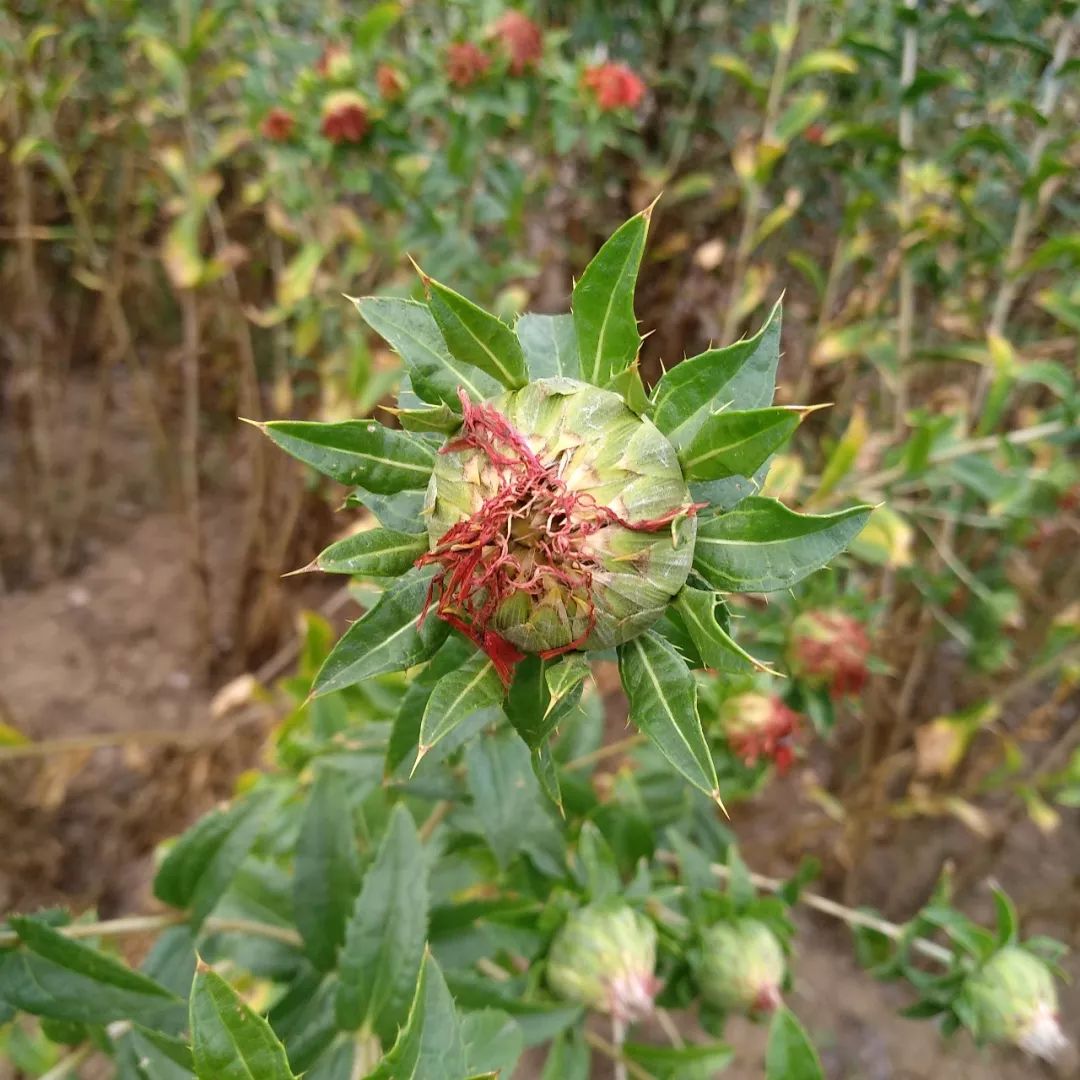
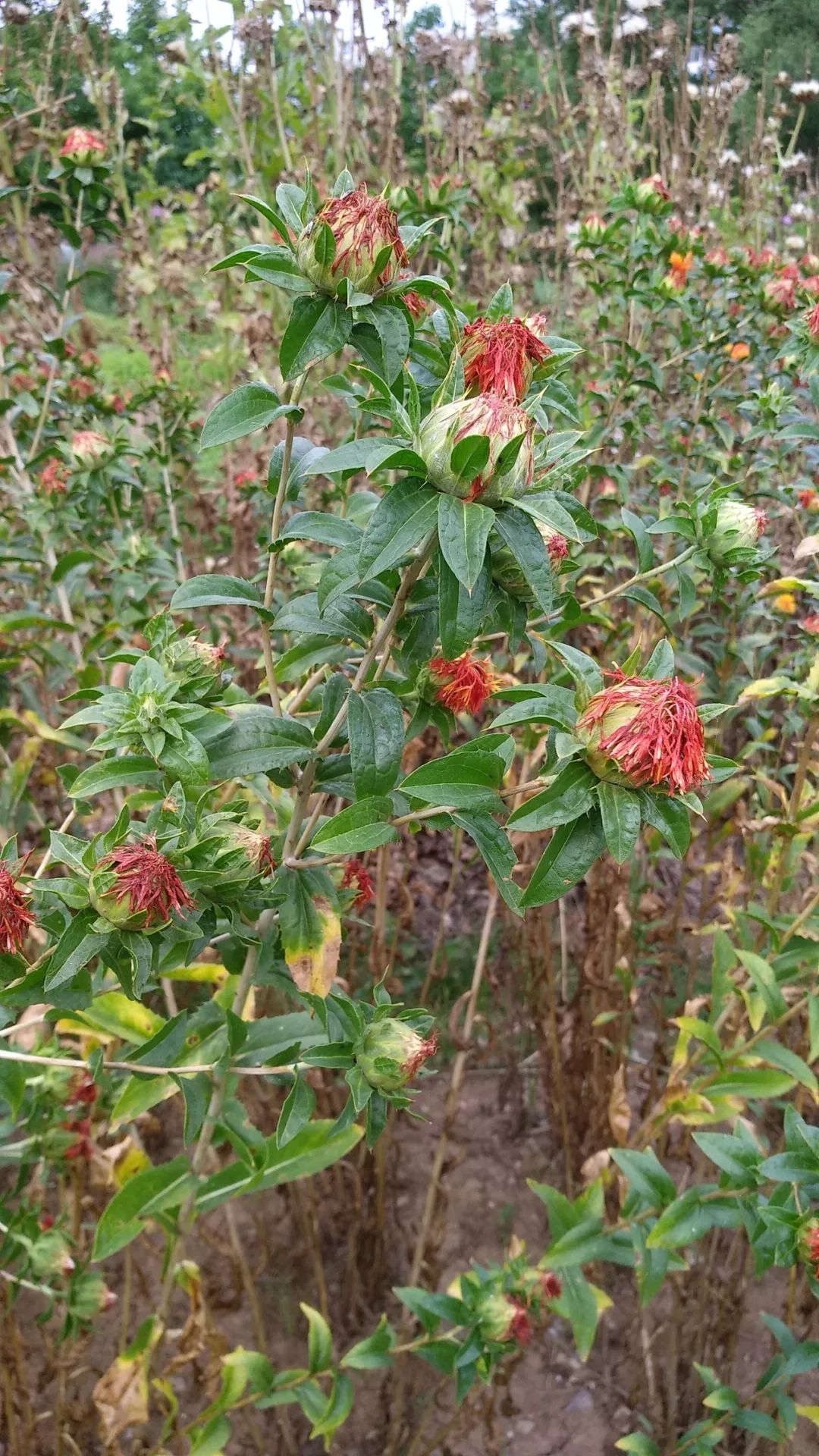
 Uses of Safflower
Uses of Safflower
For a long time, the main purpose of cultivating safflower has been to utilize the pigments in its petals as red, yellow, and orange dyes.
Historical records indicate that ancient Egyptians commonly used safflower as a dye for linen wrappings for mummies. Indian farmers still use safflower dye to symbolize auspiciousness, and most safflower is used to color foods such as bread, candy, and alcoholic beverages.
Some ethnic minorities in Xinjiang, China, still use safflower as a dye for naan (a type of flatbread). Currently, a considerable number of cosmetics use safflower pigments as colorants.
Since ancient times, the quality of safflower has been judged by its red color as superior and yellow as inferior, especially in the medicinal industry.
Safflower has traditionally been used to invigorate blood circulation, relieve pain, and treat conditions such as amenorrhea, postpartum blood stasis, and traumatic injuries. Its medicinal properties are relatively mild and do not cause spasms.
Pollen food has effects such as enhancing physical strength, boosting energy, alleviating fatigue, and promoting beauty and anti-aging. Internationally, pollen has been successfully utilized as a health food, leading to the development of pollen diets, and bee-collected pollen is used as a nutritional supplement.
Pollen contains various substances necessary for human survival and is a complete source of nutrition. Pollen from different plants also contains its unique active ingredients, making it the essence of herbal medicine, a natural nutritious food, and an excellent anti-aging product.
Pollen preparations are powerful supplements for athletes, helping improve and enhance cardiopulmonary function. After consuming pollen, endurance and physical strength significantly improve, making pollen a favorite in the sports community, with many athletes in various countries consuming pollen, leading to remarkable performance improvements.
Pollen is an effective medicine. Consuming pollen can enhance appetite, improve overall condition, strengthen the body’s resistance to diseases, and accelerate recovery after surgery and illness. Pollen is effective in treating infertility and menopausal syndrome.
Safflower pollen contains 18 essential amino acids and various trace elements required by the human body, with zinc, iron, manganese, cobalt, and copper levels exceeding those in other pollens by several times to dozens of times. Its vitamin and enzyme content also surpasses that of other crop pollens.
The yellow pigment in safflower can reach 25% to 30%, making it a safe, non-toxic natural colorant for health and wellness.
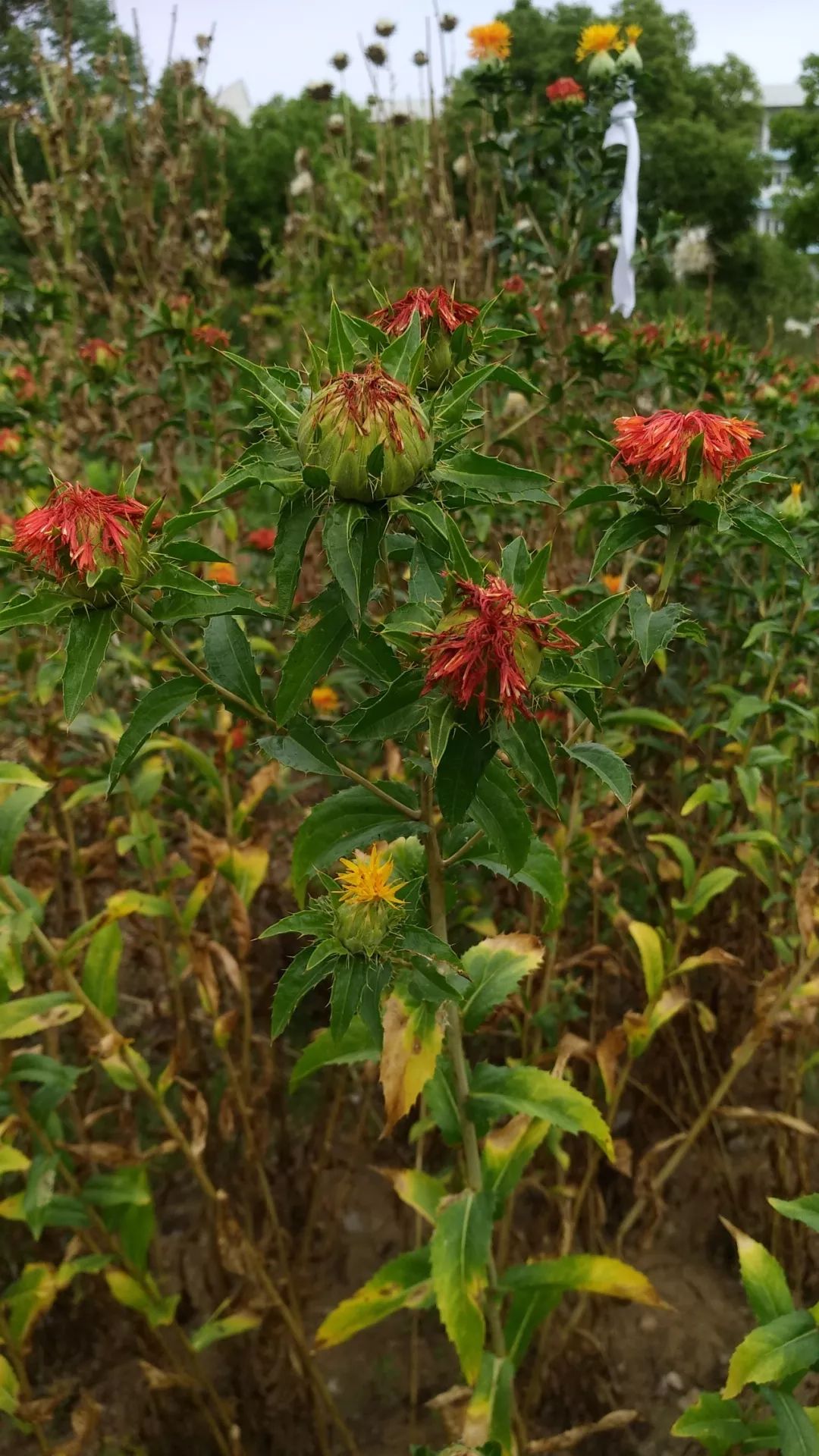
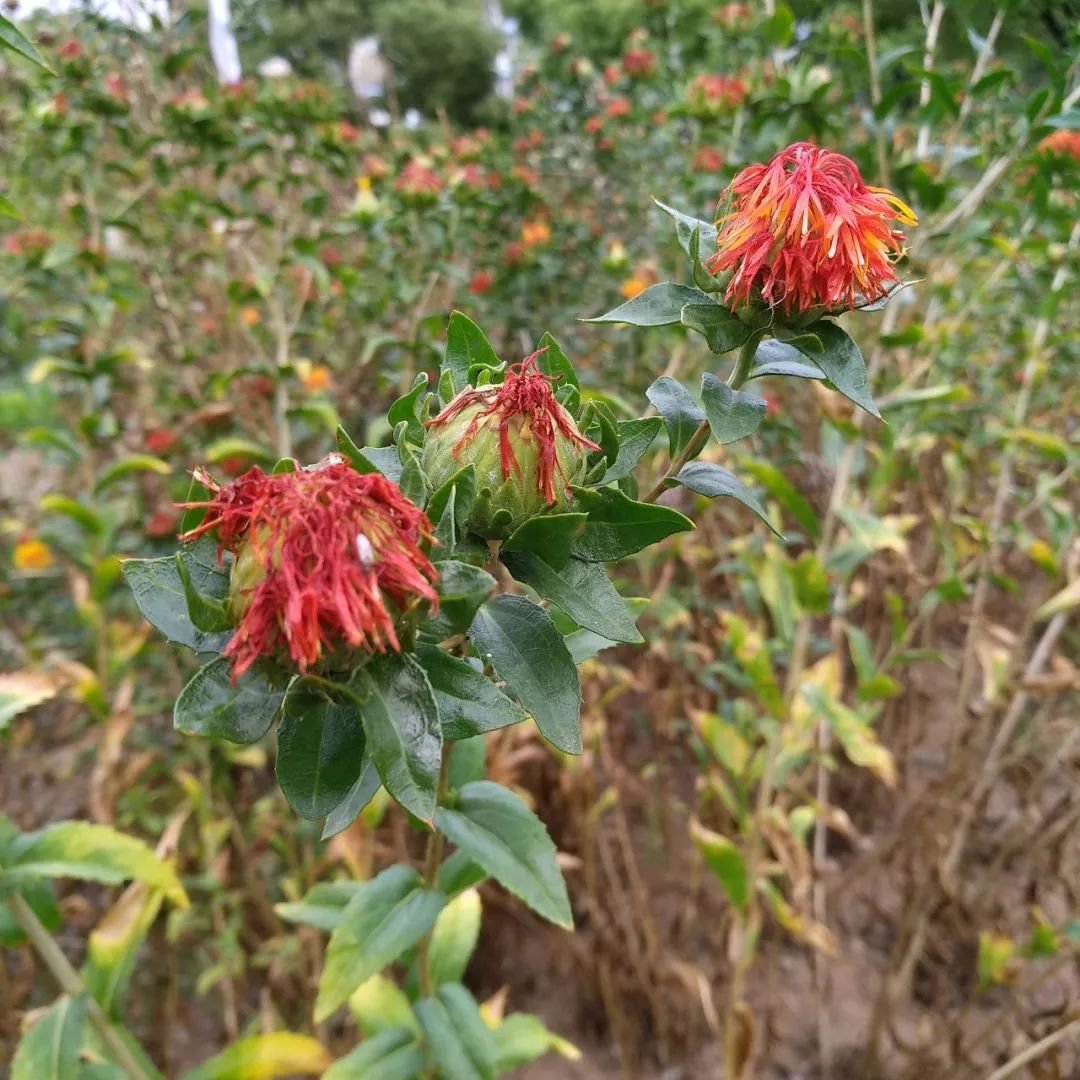
 Conclusion
Conclusion
This concludes the introduction to safflower. Exploring and discovering always makes originally unappealing plants become lovable. In fact, besides uncovering the uses of each plant, discovering the potential value of each person can also be very interesting.
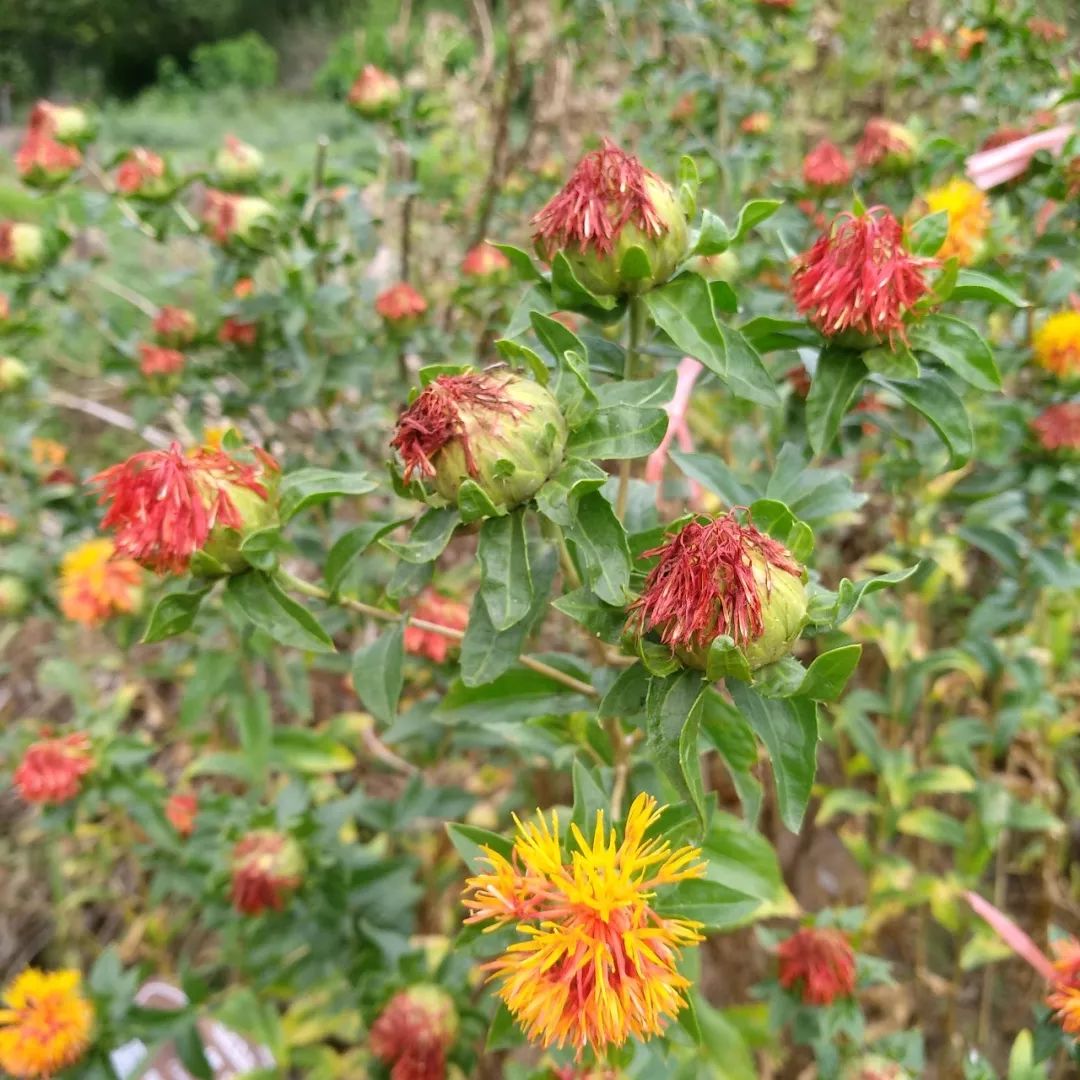
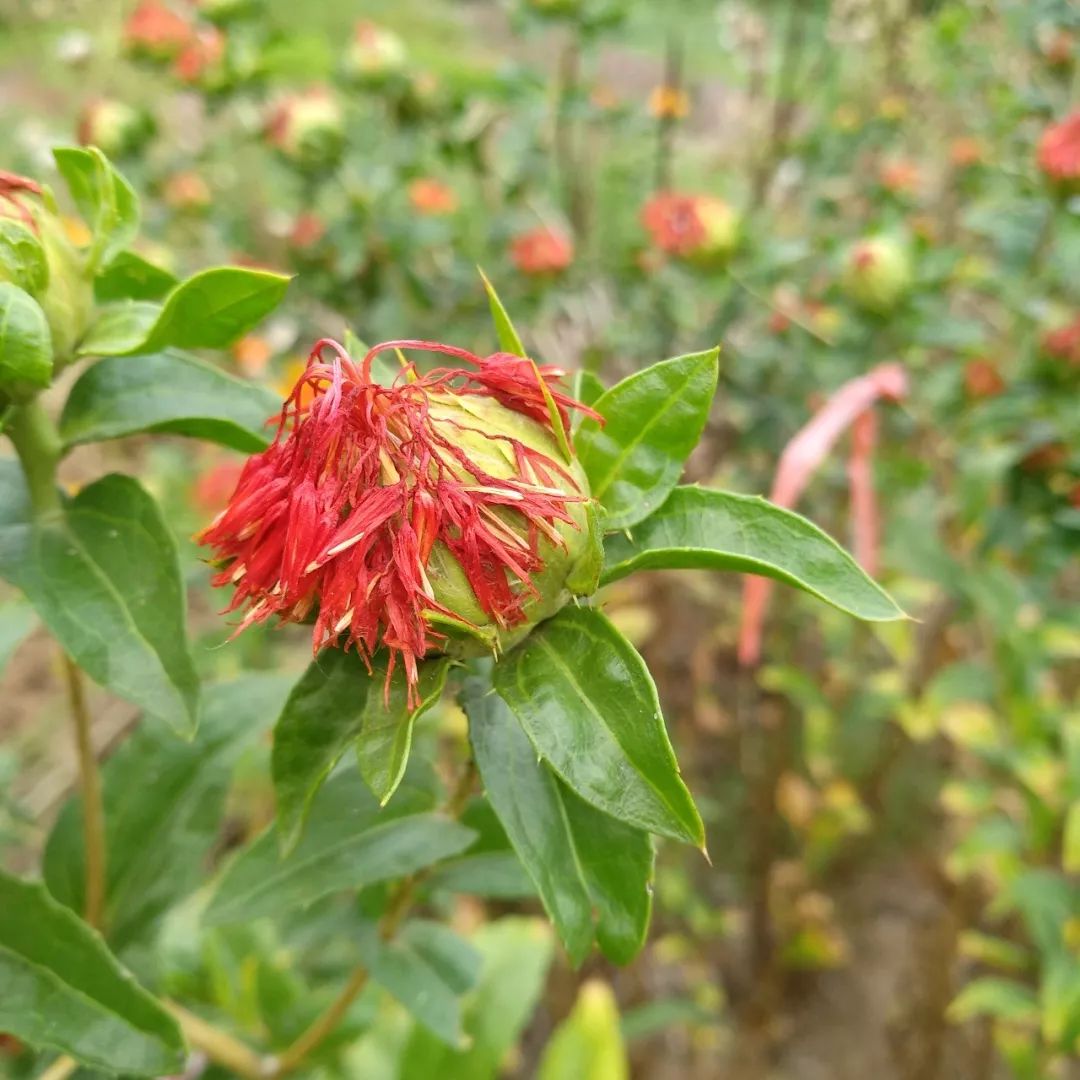
 Disclaimer
Disclaimer
Practitioners emphasize “differentiation and treatment,” as everyone’s “syndrome” is different. The content of this public account is for discussion and learning purposes only and does not constitute medication advice. If needed, please follow medical advice.
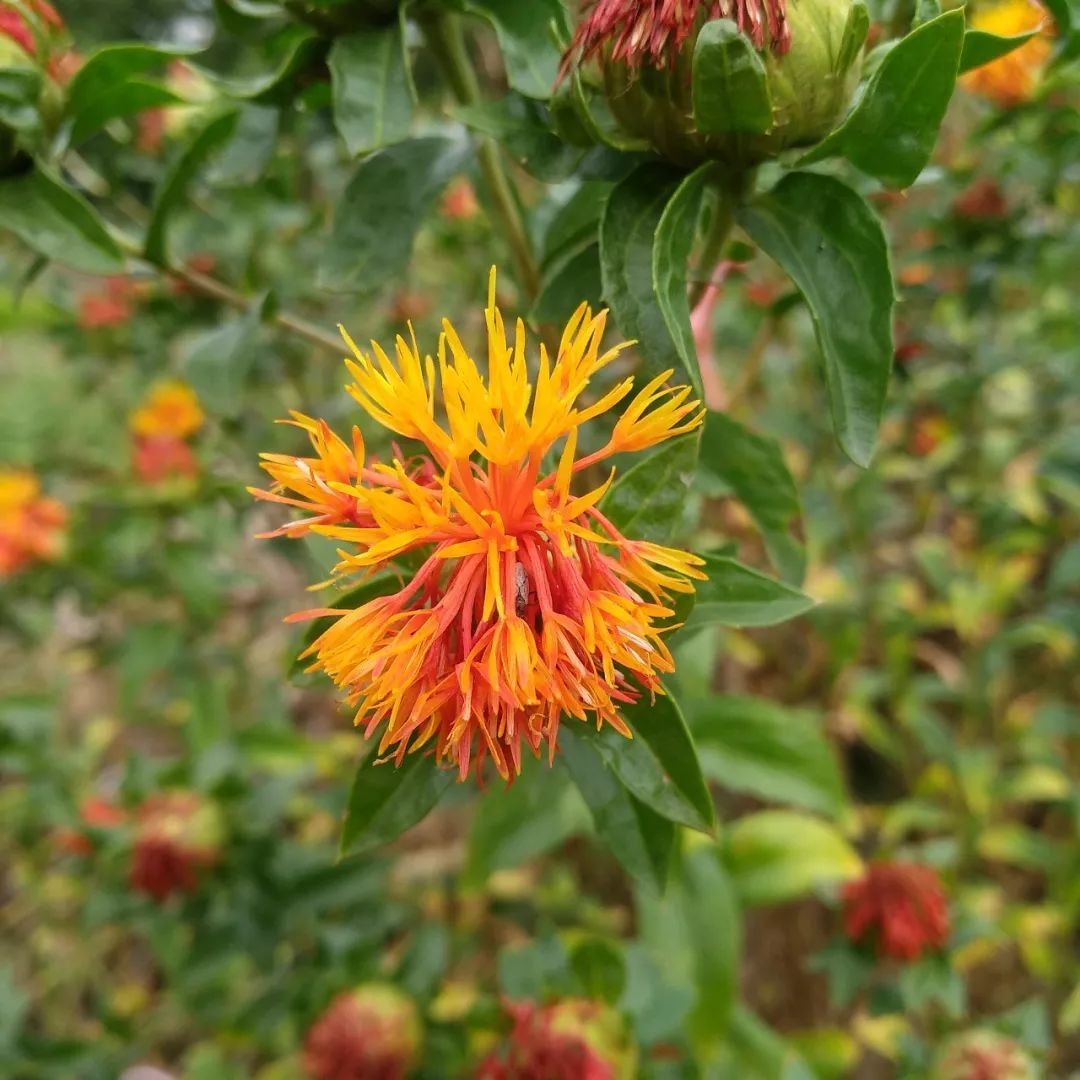

 References
References
(1) Main Nutritional Components and Utilization Value of Xinjiang Safflower, Xue Xiaozhen, Zhang Min, Xinjiang Academy of Agricultural Sciences Testing Center, Urumqi 830000
(2) Flora of China

